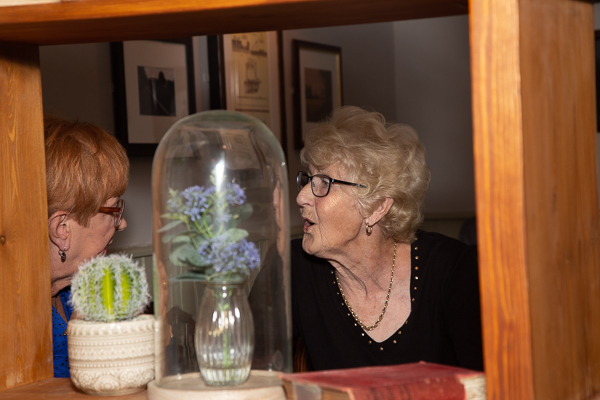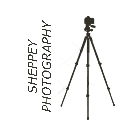What Makes a Good Photograph?
20 January 2020
Ansel Adams once said that if you get 12 good photos a year you are doing well. This would seem to say that if we shoot more than 12 weddings a year, we are going to have some disappointed couples. Of course, he was having to lug a big 8 x 10 view camera around the mountains of Yosemite National Park and spend time setting it up, just for one shot. If he had the benefit of a modern digital SLR and could take several pictures with more ease, he might have readjusted his statement. And Ansel Adams, being the master of his craft, might have exercised a little more discernment than the average member of the public.
But all of this begs the question, what makes a good photograph?
This is not an easy question to answer, and I will not attempt to give a definitive answer here, but I will try to give a few pointers. The answer can conveniently be given under three broad headings: technical, aesthetic and creative.
Technical aspects are easy to define:
Is the main subject in focus?
Are there any processing artefacts?
Is the exposure appropriate?
Anyone who has submitted photographs for stock sites and got some rejected will know the sort of thing that they look at.
These photographs get eliminated at the first stage of post processing, the technical edit.
When we start to look at the aesthetics of the photograph, things get a little more difficult. Early on in the study of photography we learn the “rules of composition.” We are told about the rule of thirds and to have the subject looking or moving into the frame. Rules, however, are made to be broken.
Look at these two crops from the same image:

In both pictures her eye is placed on the intersection of horizontal and vertical third lines. The first is the classic placement where she is looking into the frame. It looks balanced and pleasing, our eye follows her eye line into the empty space in front of her. The second looks less harmonious. Following her eye line we come abruptly to the edge of the frame and we worry what is behind her, just out of frame. Does this mean the first is a good photograph and the second one isn’t? I wouldn’t present the second to a client, but it could be used if I am after a special effect or I want to disturb the viewer.
There are other rules of composition: golden ratios, Fibonacci spirals, S bends, leading lines, real and implied triangles. Following these will inevitably lead to pleasing photos, ignoring them might equally lead to some nice pictures and deliberately flouting them does not necessarily lead to bad ones.
As photographers, we all like to think we are creative artists. We try to combine the elements in the photograph in a different and interesting way, we seek out viewpoints to give a new perspective on our subjects. One thing is certain is that these experiments do not always work:

Two ladies in animated conversation, whom I tried to frame with the bookcase, including the plants to add a bit of softness. It looks as though the lady on the right is blowing on the glass case, (perhaps she is trying to clean it) and the lady on the left is getting prickled by the cactus.
I have not yet mentioned what is by far the most important determinant of a good photograph, the viewer’s opinion. Two old sayings go that beauty is in the eye of the beholder and that one man’s meat is another man’s poison. I have a picture of a brother and sister talking at a wedding. They do not see each other very often so when they do, they have a lot of catching up to do. The picture is a lovely expression of this with them sitting next to each other, looking at each other and both talking. I think it is a smashing picture but all she sees in it is her lined and wrinkled face and she hates it.
I find very often that people take an instant like or dislike to a photograph and this is based mainly on how they are presented in it. How many times have you heard someone say when they first see a photograph, “Oh, that’s an awful one of me!” If they are not pictured, it would be something like, “Oh, Aunt Molly looks nice in that one!” The formal structure of the photograph or the creative intent of the photographer do not raise comment but this does not mean that they are not noticed or important. They provide the framework to the subject and help to guide the viewers eye, and help with showing the subject in a flattering way.
As a photographer I have to consider all the elements in a photograph and how they are arranged in the frame; as a viewer you only need to decide if you like it or not.


